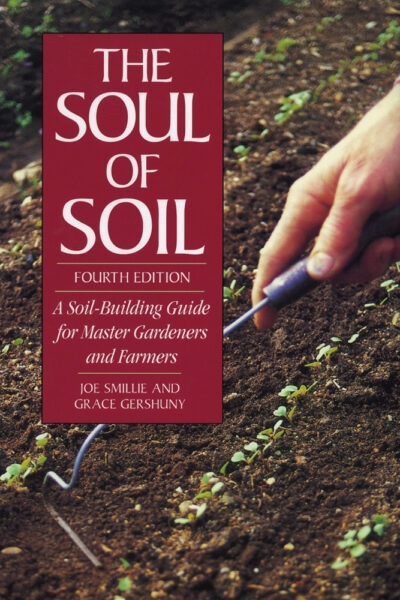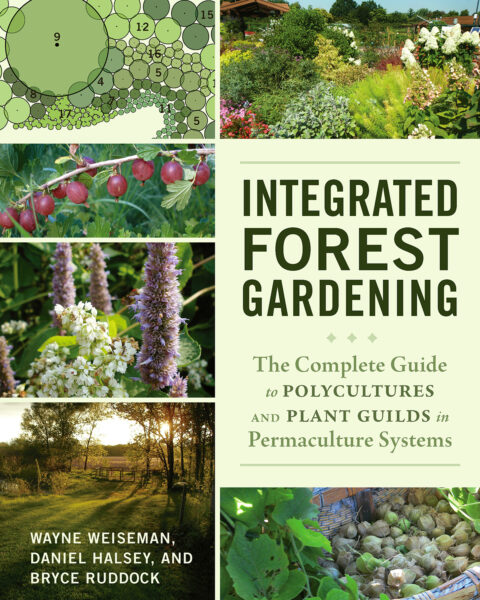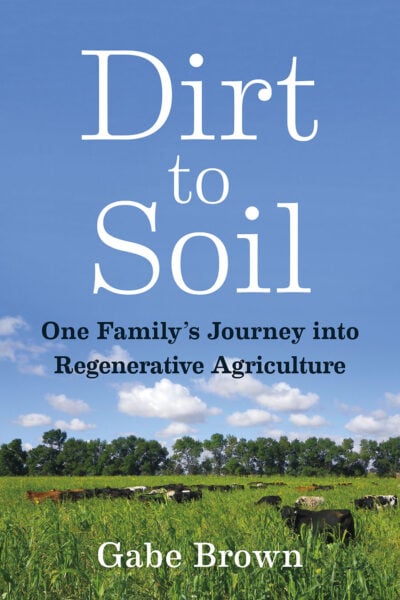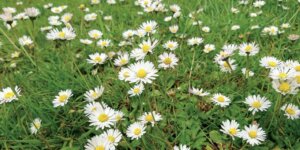Care of the Soil
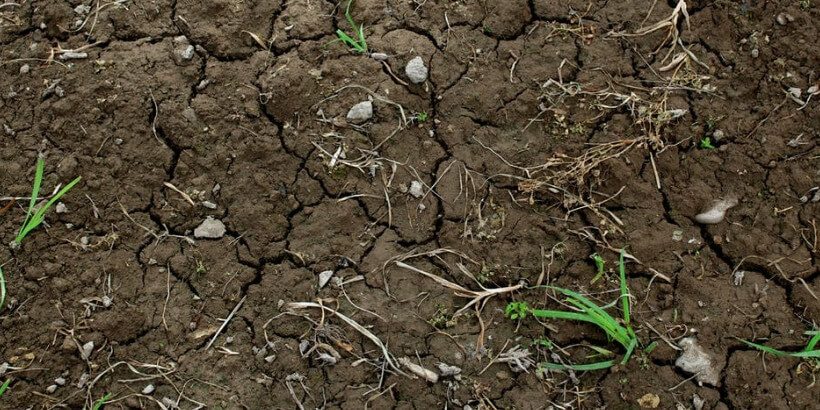
Caring for the soil is the farmer’s number one task; if the soil is healthy, the crops will look after themselves. As the average age of America’s farmers continues to rise, we face serious questions about what farming will look like in the near future, and who will be growing our food. Many younger people are interested in going into agriculture, but cannot find affordable land, or lack the conceptual framework and practical information they need to succeed.
The following excerpt is from Fruitful Labor by Mike Madison. It has been adapted for the web.
Soil is not dirt. If it is healthy, it is a complex ecosystem with an intricate three-dimensional architecture occupied by an abundance of organisms: bacteria, fungi, actinomycetes, algae, invertebrates, reptiles, mammals, and the roots of vascular plants. Caring for the soil is the farmer’s number one task; if the soil is healthy, the crops will look after themselves.
A useful measure of soil health is soil respiration, that is, the collective breathing of all the soil organisms, including the roots of plants. If the soil is dry, or cold, or too alkaline, or too acidic, or deficient in oxygen, or too compacted, or deficient in critical nutrients, or deficient in organic matter, or contaminated with toxic substances, then respiration will be diminished. Although there are laboratory methods for measuring soil respiration, one can get a good sense of it simply by examining the soil. It should be moist, warm, in good tilth, of good odor, with an abundance of earthworms and arthropods and the roots of plants.
Soil Texture and Soil Structure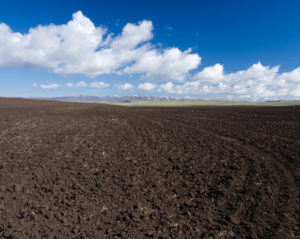
The term “soil texture” refers to the proportions of mineral particles of various sizes in the soil—sand, silt, and clay. This is not easily altered, so whatever soil texture you have when you buy your farm is the texture you will always have. An important aspect of soil texture is the ability of the soil to hold water and to accommodate air. Heavy soils (clay) are usually highly water-retentive, but often are poorly oxygenated, whereas sandy soils are the opposite. The water retentiveness of a soil is a critical determinant of irrigation practices.
The soil on my farm is a silty clay loam that has some sand, mostly silt, and a bit of clay. At one time I considered putting up a building with rammed earth walls, using soil from the site. I made various trial blocks of rammed earth, including some strengthened with Portland cement, but they were inadequately strong. Successful rammed earth requires a higher percentage of clay than what my soils have.
“Soil structure” refers to the three-dimensional arrangement of the soil components, and is very much under the farmer’s control. The distribution of organic materials of various sizes, the aggregation of soil particles into crumbs, the presence of open channels created by invertebrates or by the death and decay of plant roots, and the percentages of water and air in the soil are aspects of soil structure. Tillage, irrigation, cover cropping, amending the soil with minerals or organic materials, mulching, and avoiding compaction are tools that the farmer has in caring for soil structure.
When school children visit my farm, I make a point of digging up some soil that has not been tilled in twenty years or more and passing around chunks so that the students can see the structure of the soil, which is complex and interesting, riddled with little open channels, and fragments of roots, and the dens of terrestrial insects. If I till an acre of ground in the autumn, plant an overwintering crop, and harvest it the following spring after which the soil is left undisturbed, I can then dig up the soil a year after the tillage to see how the structure has developed. The finding is that there is hardly any structure to the soil; one year is not nearly enough to begin the development of a soil ecosystem. It is a matter of many years for soil structure to develop, and a single-year fallow, for example, while helpful to soil fertility and organic matter, is of little use in developing a mature soil structure.
Tillage
When most people think of farming, they think of tillage—the farmer out on his tractor, plowing or cultivating. And for modern industrial farming of some crops (such as grains), tillage constitutes the majority of the farmer’s activity. Many ingenious implements have been invented for chopping up and rearranging the soil, and such devices make up the major portion of the farmer’s equipment. The goals of tillage are to loosen the soil, disrupt weeds, and incorporate amendments in order to enhance growth of the crop. However, tillage has significant negative consequences for the soil, including disruption of the soil ecosystem and accelerated loss of organic matter. On balance, tillage is almost always a net negative for soil health, and is to be avoided when possible.
In the absence of tillage by humans and their machines, the soil is not static. On my farm, burrowing rodents are highly active at moving soil about; I have calculated that if the activity of rodents were spread out evenly, they would till the entire top foot of soil in about 23 years. Earthworms and arthropods are also active movers of soil. The action of water and wind can move soil about, although flatness of the land greatly inhibits water-based erosion.
Once I was dismantling a house, built in 1867, for salvage, and as I reached the crawl space under the floor I found that the level of the ground was about a foot lower than the surrounding land. I do not believe this was excavated at the time of construction. Rather, wind-blown dust hitting the sides of the building had fallen to the ground, and over a century and a half had raised the level of the earth by a foot. The dust was made airborne by plowing dry land on windy days.
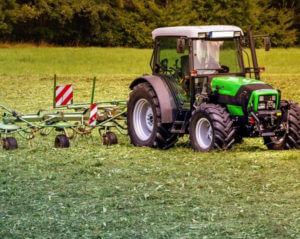 On my farm I have been only partially successful in eliminating tillage. The apricot orchard is mowed but not tilled. In the olive grove, I am forced to till once every few years to break up soil compaction. Olive harvest takes place during the wet season, with the result that a lot of activity in the grove, including tractors pulling heavily laden trailers, is on wet ground, resulting in compaction of the soil in the alleys. Tillage is limited to a strip six feet wide up the alleys; the tree rows are heavily mulched, and are not tilled.
On my farm I have been only partially successful in eliminating tillage. The apricot orchard is mowed but not tilled. In the olive grove, I am forced to till once every few years to break up soil compaction. Olive harvest takes place during the wet season, with the result that a lot of activity in the grove, including tractors pulling heavily laden trailers, is on wet ground, resulting in compaction of the soil in the alleys. Tillage is limited to a strip six feet wide up the alleys; the tree rows are heavily mulched, and are not tilled.
For my annual crops I have not found a good alternative to tillage. Cover crops grown over the winter and irrigated by winter rains are mowed in the spring with a flail mower. The ground is then worked with a chisel plow, followed by a disk. When suitable soil moisture is achieved, amendments (compost, gypsum) are spread, and the top few inches are rototilled into a fine tilth to serve as a seedbed. Several times during the season the crops may be cultivated using a sled fitted with knives and sweeps, or the small cultivating tractor equipped with mid-body toolbars. When the crop is finished, it is mowed and then the ground disked and harrowed. The cover crop seed for the following winter is broadcast and covered by a harrow, and the land is firmed with a cultipacker.
The effects of tillage are best understood by considering separately the short-term effects and the long-term effects. In the short term tillage incorporates surface organic matter into the body of the soil, and by breaking up organic materials exposes new surfaces to bacterial action. The soil structure is rearranged, with increase in oxygen that stimulates breakdown of organic matter, accelerating the release of nutrients. In addition, the more open structure facilitates growth of the crop’s roots. These factors are the rationale for tillage prior to planting annual crops—the more open structure and enhanced soil respiration stimulate crop growth. There are also short-term negative consequences to tillage: death of soil organisms, stimulation of weed growth, and increased risk of erosion by wind or water.
The longer-term effects of tillage are less benign. The temporary spike in soil respiration that stimulates the crop ends up decreasing net soil organic matter. Historic comparisons of virgin soils to adjacent cultivated soils have shown that cultivating always leads to a loss, sometimes quite severe, of soil organic matter. And with only a few exceptions, tillage is an accelerant of soil erosion.
I have made several attempts to decrease tillage for my annual crops. One 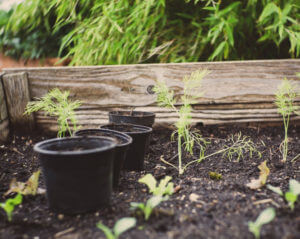 was to use strip tillage for melons and cucumbers, which involves mowing the cover crop and then tilling a narrow strip—six or eight inches—every six feet or so where the crop will be planted. The idea is sound, but I encountered two problems. The first is that I don’t have appropriate equipment for creating a suitable seedbed in the tilled strip. This is not insoluble—I have been on the lookout for a used tractor-mounted rototiller from which I could remove all of the tines except for one gang in the middle. The other problem is that the grasses (oats, rye, millet) in the cover crop mix continue growing, sometimes quite vigorously, after they have been mowed. I would need to shift to a grass-free cover crop for strip tillage. These are simple problems, but I have not overcome the inertia that impedes their solution.
was to use strip tillage for melons and cucumbers, which involves mowing the cover crop and then tilling a narrow strip—six or eight inches—every six feet or so where the crop will be planted. The idea is sound, but I encountered two problems. The first is that I don’t have appropriate equipment for creating a suitable seedbed in the tilled strip. This is not insoluble—I have been on the lookout for a used tractor-mounted rototiller from which I could remove all of the tines except for one gang in the middle. The other problem is that the grasses (oats, rye, millet) in the cover crop mix continue growing, sometimes quite vigorously, after they have been mowed. I would need to shift to a grass-free cover crop for strip tillage. These are simple problems, but I have not overcome the inertia that impedes their solution.
The other approach to decreasing tillage is to go to a system of permanent raised beds. The raised beds permit furrow irrigation (not relevant for me) as well as drainage in heavy rains. Traffic of tractors and humans is confined to the furrows, so that compaction of the beds is mostly eliminated. Accumulated compaction in the furrows, on the other hand, suppresses the growth of weeds. Another advantage of permanent raised beds is that expensive soil amendments such as compost and mulch are not wasted in the furrows, as would occur if the compost were spread evenly over the field before the beds were laid out.
Where I have long-lived perennial crops, such as peonies, a system of permanent raised beds has worked well. But for annual crops my determination is not strong enough to persist with permanent raised beds, and sooner or later I plow the whole thing down in order to densely sow a green manure crop and start over. Again, lack of suitable equipment plays a part. A very narrow grain drill would let me sow my cover crop to the tops of the beds, and a narrower flail mower than the one I use in the orchard would allow me to mow just one bed at a time.
There are several reasons why the failure of no-till and strip-till practices on my farm is not highly important to me. For one, much of the literature demonstrating the superiority of no-till/strip-till derives from the Corn Belt, and was based on comparing no-till to deep plowing with a moldboard plow, a practice that we have long known to be destructive of the soil (see Plowman’s Folly, 1943). Shallow tillage with chisels and disks is far more benign than deep plowing, and is only slightly detrimental compared to no-till. Secondly, the soil must be tilled at least somewhat (even use of a seed drill is a form of light tillage) in order to plant cover crops in the autumn. And third, in this climate, the vital activity of the soil declines to near dormancy during the dry season of summer. Earthworms ball themselves up in little chambers a foot or more below the soil surface where they await the return of moisture, and other microfauna and microflora also aestivate. Under these conditions, light tillage of the soil surface is a reasonable practice with few negative consequences. Indeed, it can help to conserve deep moisture.
Recommended Reads
Recent Articles
Everyone loves a refreshing, fermented, nutritious drink…even your garden! Take your fermentation skills out of the kitchen and into the garden by brewing fermented plant juice. The following is an excerpt from The Regenerative Grower’s Guide to Garden Amendments by Nigel Palmer. It has been adapted for the web. How to Make Fermented Plant Juice Fermented…
Read MoreWant to see your crops thrive this upcoming growing season? The key is in soil fertility and health. Spend time maintaining your soil’s health to guarantee bigger and better crops come harvest time! The following is an excerpt from No-Till Intensive Vegetable Culture by Bryan O’Hara. It has been adapted for the web. What Is Soil Fertility?…
Read MoreMany know the effects of catnip on our feline friends, but few realize that catnip has medicinal effects for humans. From stomach aches to reducing fevers, catnip is a versatile herb with many benefits. The next time you grow this plant for your cat you may end up taking a few cuttings for yourself! The…
Read MoreIt’s time to take control of your seeds and become a plant breeder! Saving your seed allows you to grow and best traditional & regional varieties, and develop more of your own. The following excerpt is from Breed Your Own Vegetable Varieties by Carol Deppe. It has been adapted for the web. Becoming A Plant…
Read MoreRewilding is one of the best things you can do for the biodiversity of your farm or garden. By no longer mowing your lawn, flowers will start to grow, creating a meadow and a habitat for creatures that often get forgotten. The following is an excerpt from The Healthy Vegetable Garden by Sally Morgan. It…
Read More

